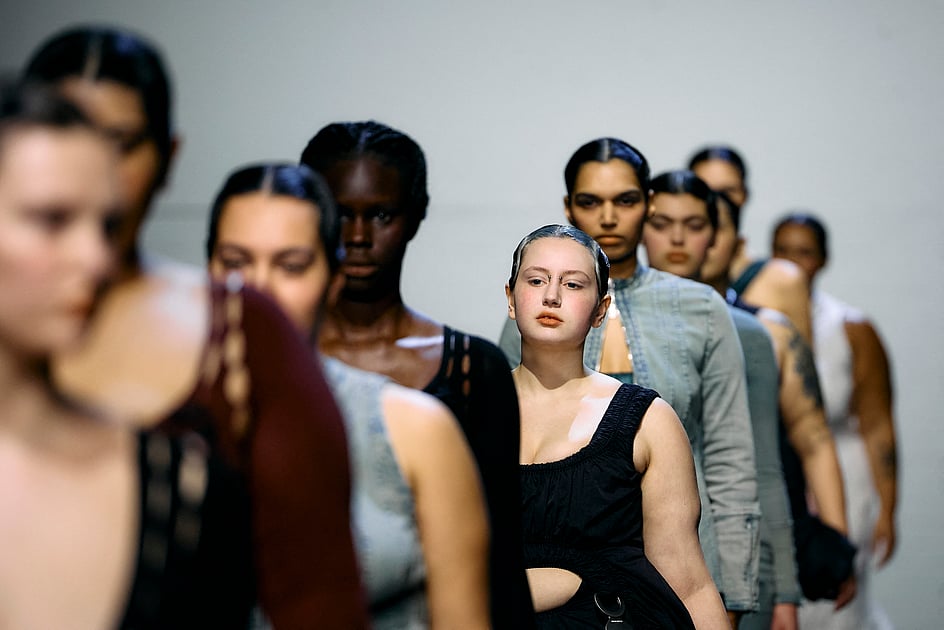AI is making big changes in the fashion business by letting models like Alexsandrah Gondora, who lives in London, be in “two places at the same time.” Gondora said that her AI copy can do picture shoots, which saves her time and money while still letting her take part in events like London Fashion Week.

Fashion brands are using AI more and more to make visual content for e-commerce sites and more cost-effective, custom advertising strategies. Some people see this technology as a chance, but others are worried that it could make it harder for pros like models, make-up artists, and photographers to find work and that it could lead to unrealistic ideas of what beauty is.
An example of this use of AI is the Christmas marketing that the studio Copy Lab made for the Swedish underwear brand CDLP. The images in the campaign were all created by AI. Christian Larson, co-founder of CDLP, said, “You have a film of this many pictures, the sun will set, the light will disappear, and the budget will run out.” He was talking about the time and money limits of traditional photography. He, on the other hand, said that AI’s prospects were like a “black hole of endless options.”
According to Khaleej Times, Artem Kupriyanenko from the tech company Genera said that in the French Alps, a normal ad campaign for ski glasses would take months and cost around 35,000 euros ($37,000). With AI, on the other hand, it can be done virtually in a few days for around 500 euros. Genera claims to own the copyrights to 500 models that were made by AI and keeps a collection of them. The company values diversity and lets customers make models that are specific to their body type, gender, and race.
Even with these improvements, AI-generated pictures often have a limited style because they use a lot of “white, Western” models. Carl-Axel Wahlstrom, co-founder of Copy Lab, said that generative AI likes to make faces that are similar but unique to each generator. He changes the prompts and uses less common image databases to get a wider range of findings.
There are worries because models could be copied almost without permission. In answer, New York’s “Fashion Workers Act,” which goes into effect this summer, wants to give models more say over how their images are used in AI programs. Gondora, on the other hand, gets paid for the work her AI does and has the final say on how it is used. She also works with Shudu Gram, a supermodel made by AI, on a number of projects while making sure that AI is used in a fair way.
Going on to say that AI technology has “opened certain doors” for her, Gondora emphasized that it can help models from a variety of backgrounds get more chances. She likes that her AI model is “timeless,” which means that it stays young no matter how old she is.

Leave a Reply